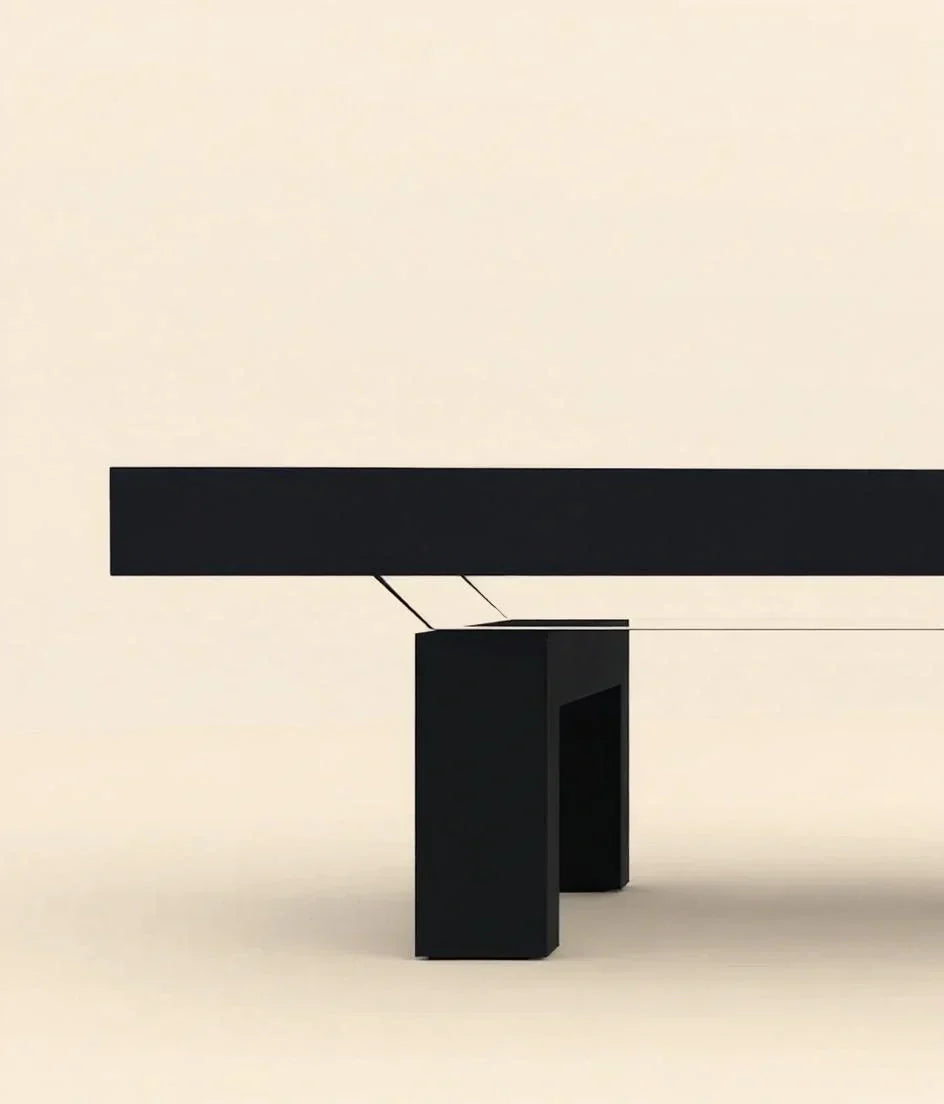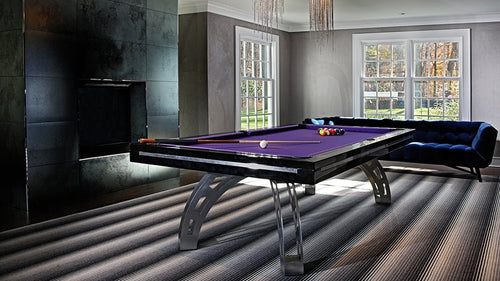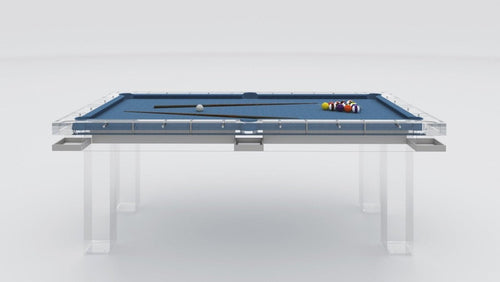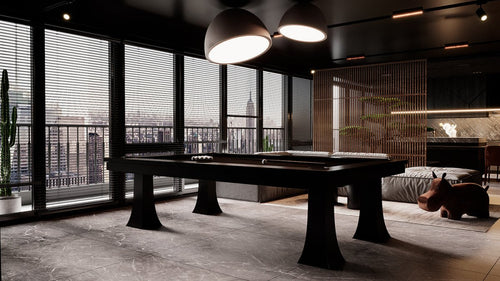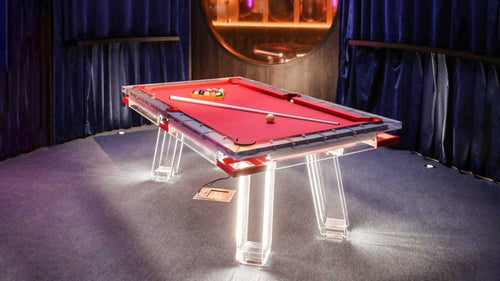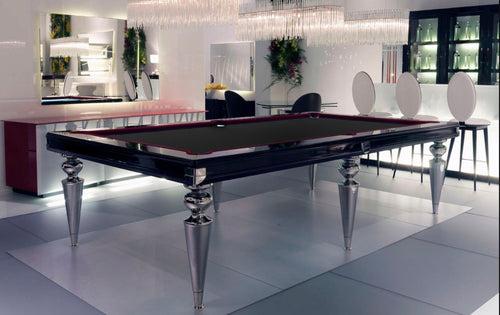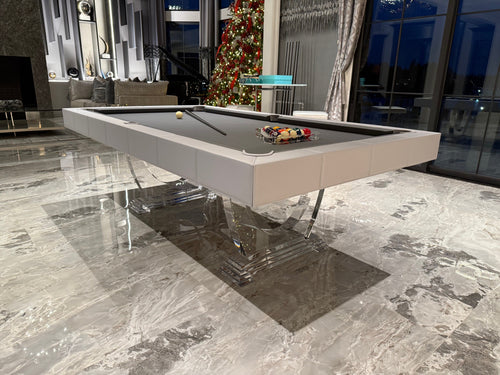Enjoy our modern designs
This guide covers setups for various games, enhanced with expert tips, common mistakes, and video walk-throughs—everything you need to master pool ball setup.
Table of Contents
Introduction to Pool Ball Setup
Correct setups keep play fair and predictable. Each game has a specific pattern that affects break dynamics and strategy. Learn the patterns, then practice consistent rack tightness and alignment.
Essential Equipment
- Pool Table: Common sizes: 7 ft, 8 ft, 9 ft.
- Cue Sticks: Choose cues you can control—balanced weight matters more than price for most players.
- Racks: Triangle (15-ball) for 8-ball & straight pool; diamond (9-ball) for 9-ball; specialized markers for snooker.
- Pool Balls: Standard set = 1 cue ball + 15 object balls.
- Foot Spot/Marker: For consistent apex placement.
Setting Up for 8-Ball Pool
Step-by-Step
- Use a triangle rack. Place all 15 object balls in the rack.
- Apex ball on the foot spot. Traditionally the 1-ball; follow your league’s rulebook.
- 8-ball in the center. Middle of the third row.
- Opposite corners. One solid in a rear corner, one stripe in the other.
- Alternate as best you can. Remaining balls mixed; no patterning advantages.
- Tight rack. Press forward so all balls touch before you lift the rack.
Setting Up for 9-Ball Pool
Step-by-Step
- Use a diamond rack.
- 1-ball on the foot spot.
- 9-ball in the center of the diamond.
- Randomize the rest. Keep it tight; no deliberate patterning.
Setting Up for Snooker
Step-by-Step
- Rack 15 reds. Tight triangle near the pink spot apex.
- Place colors: Yellow (baulk line left), Green (baulk line right), Brown (center baulk), Blue (table center), Pink (in front of reds), Black (behind pink, on its spot).
- Cue ball in the “D”. Any position within the D for the break.
Setting Up for Straight Pool (14.1)
Step-by-Step
- Use a triangle. Rack 15 balls randomly.
- Apex on foot spot.
- After 14 balls are pocketed, re-rack 14 leaving the break ball where it lies, then continue.
Quick Comparison
| Game | Rack | Key Placements | Notes |
|---|---|---|---|
| 8-Ball | Triangle (15) | 1 on foot spot; 8 in center; opposite-corner stripe/solid | Tight rack = better spread |
| 9-Ball | Diamond (9) | 1 on foot spot; 9 in center | Others randomized |
| Snooker | Triangle (15 reds) + spots | Colors on marks; reds tight | Bigger table, precision heavy |
| Straight Pool (14.1) | Triangle (15) | Apex on foot spot | Re-racks during play |
Advanced Setup Tips
- Level first. A level table is non-negotiable.
- Clean balls. Oil/film kills action and spreads.
- Spot accuracy. Use the table spots every time.
- Practice tightness. Consistent pressure on the rack = consistent breaks.
Common Mistakes
- Loose racks. Leads to clusters and luck-heavy openings.
- Wrong placements. Misplacing the 8 or 9 breaks rules and rhythm.
- Ignoring table level. Drifts turn good shots into misses.
Video Tutorials
Prefer to watch? Start here:
FAQs
Do I need different racks for different games?
Use a triangle for 8-ball and straight pool, a diamond for 9-ball, and the marked spots for snooker colors.
How tight is “tight” for a rack?
No visible gaps between balls. Press forward before lifting the rack; you should feel the cluster “lock.”
Does table size change the setup?
The patterns stay the same, but larger tables punish sloppy alignment; precision matters more.
Should I randomize 9-ball every time?
Yes—beyond the 1 on the spot and 9 in the center, the rest should be randomized unless your league states otherwise.
Conclusion
Mastering setups gives you cleaner breaks and more runnable layouts. Standardize your routine, keep racks tight, and practice on a leveled table to see immediate improvement.
Ready to Level Up Your Game Room?
We build custom pool tables to your exact specs—includes free renders and finish samples.


